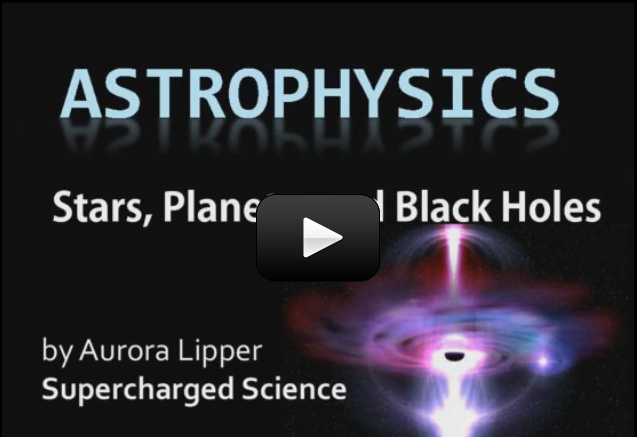This is a recording of a recent live teleclass I did with thousands of kids from all over the world. I’ve included it here so you can participate and learn, too
Our solar system includes rocky terrestrial planets (Mercury, Venus, Earth, and Mars), gas giants (Jupiter and Saturn), ice giants (Uranus and Neptune), and assorted chunks of ice and dust that make up various comets and asteroids.
Did you know you can take an intergalactic star tour without leaving your seat? To get you started on your astronomy adventure, I have a front-row seat for you in a planetarium-style star show. I usually give this presentation at sunset during my live workshops, so I inserted slides along with my talk so you could see the pictures better. This video below is long, so I highly recommend doing this with friends and a big bowl of popcorn. Ready?
Please login or register to read the rest of this content.


The sun in our solar system is too small to explode.
What will happen if the sun explodes
Although Mercury is closer to the sun, it does not have an atmosphere. (It has only a tiny collection of atoms called an exosphere.) Therefore any heat that warms Mercury is radiated back out into space.
Venus has a thick atmosphere consisting of mostly carbon dioxide. This atmosphere allows heat from the sun to pass through but then holds the heat against the surface of the planet, thus making the surface of Venus much hotter than the surface of Mercury.
why is mercury not the hottest planet in our galaxy?
why is Venus the hottest planet in our solar system
The worksheet is a link listed in the MATERIALS list right above the video.
Yes of course! Here’s a class you might enjoy: https://www.sciencelearningspace2.com/2014/09/science-teleclass-black-holes/
Can we learn more about Black Holes.
Why is there no link for the worksheet it mentions